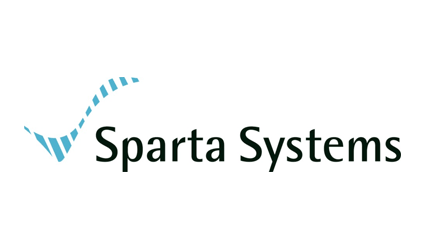
A Time for Innovation and Transformation
By Robert Barton
As digital transformation sweeps through the pharmaceutical and medical device industries like a tsunami, stakeholders in those sectors are trying to figure out how to deal with the staggering changes that are likely to be left in its wake.
“I talk a lot about a bimodal challenge that the industry faces,” said Steve McCarthy, vice president of digital innovation at Sparta Systems, a premier provider of quality management system software. “Mode One is the traditional cost constraint: ‘How do I drive down the cost of quality?’ Mode Two is: ‘How do I enable this amazing disruption that’s happening?’”
The healthcare industry is changing rapidly with the advent of things like personalized medicine, gene therapies, the rise of biologics and digital transformation of industrial processes. And while those changes are ushering in undreamt-of innovation and potentially life-changing treatments for patients, they also are prompting serious questions about how the pharmaceutical and medical device industries, as well as the bodies that regulate them, will need to adjust and innovate in response.
One illustrative example, according to McCarthy, is the evolution of medical device manufacturing. Traditionally, manufacturers have produced a medical device like an artificial hip and shipped it to a hospital where it is implanted. Today, hospitals can leverage 3-D printing to create devices on-site. In this new approach, medical device manufacturers are shifting from manufacturing a finished product to become suppliers of raw materials that are combined on-site. “And, invariably, something is going to go wrong, and there will be a need for a complaint triage and recall and how do you manage that,” McCarthy said. “What’s the quality system that we’re going to need to enable that amazing vision? That innovation and disruption and all those amazing opportunities is the second mode that the industry faces. While Mode One is really about cost, Mode Two is really about innovation. The two often pull against each other in opposing forces. At the same time, companies still have to have product quality, safety and efficacy and continuity of supply foremost in their minds.”
Successfully navigating these roiling waters will take a joint effort by industry, regulators and service providers such as Sparta, McCarthy said. “Organizations like ours have a really important part to play in that. Now, of course, the critical element is the amazing innovation going on at the likes of J&J and Novartis and Medtronic and all of these amazing companies. They are the ones that are designing these therapies and these treatments, but they can’t do it — and they certainly can’t do it safely and effectively and in a timely manner — without the kind of capabilities that enable them. How can we be part of using technology to solve the problem? How can organizations like ours be much more proactive and be at the sharper end of where we traditionally haven’t? I think organizations — and I don’t just mean Sparta; I mean all technology providers — have traditionally been seen as solutions providers, we should be seen as transformation agents, not just as software companies.”

